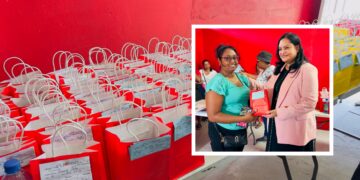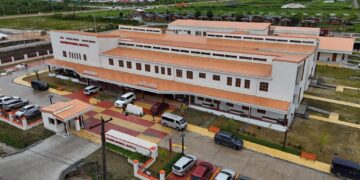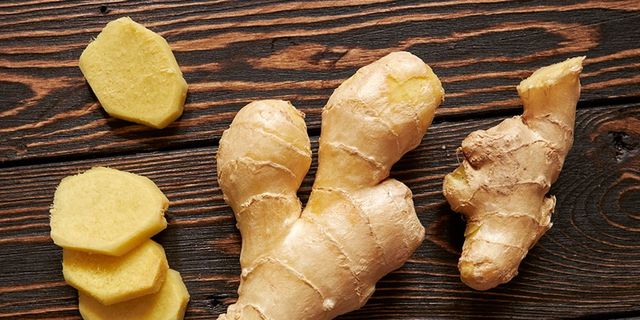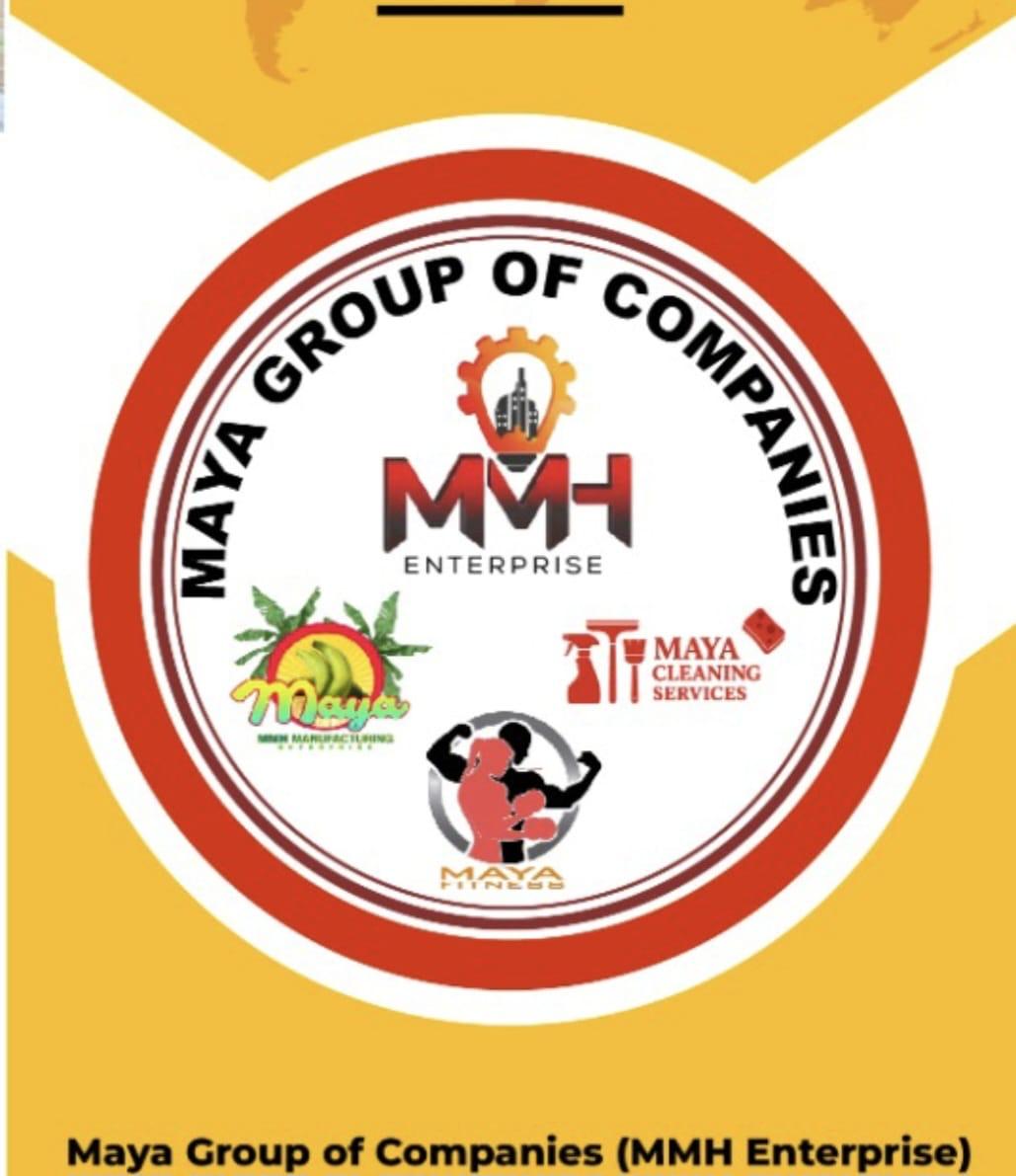Guyana is poised to exceed its local ginger demand by three million pounds by the end of this year, as announced by President Dr. Mohamed Irfaan Ali. The government has made significant investments in the agricultural sector to position Guyana as a net food exporter in the region.
During a recent event at the Guyana Marriott Hotel, President Ali revealed, “I am told, just one project we are going after…we will produce close to three million pounds of ginger, in excess of our national demand.” To bolster this effort, the government allocated $153 million to enhance processing capabilities at key locations like Hosororo, Parika, and along the Soesdyke-Linden Highway, with a specific focus on increasing ginger and turmeric production.

President, Mohamed Irfaan Ali
In the first half of this year, 965 farmers received planting materials to support the cultivation of these crops. President Ali also outlined the country’s agricultural plans, aiming to produce corn and soybeans to meet local demand by 2025 and start exporting these commodities by 2027.
The government’s promotion of corn and soybean development has attracted two new investors in Region Nine, resulting in 790 acres of corn and 494 acres of soybean cultivation. The first half of 2023 saw the production of 1,200 tonnes of soybeans, with the expectation of a drying and storage facility becoming operational in the third quarter of this year. The construction of the Tacama wharf, set to enhance access to cultivation areas, is expected to be completed by the fourth quarter.
Moreover, President Ali revealed that Amaya Milk would expand its operations in Guyana, and Demerara Distillers Limited (DDL) would commission a new production facility within the next year and a half. The government is committed to increasing the involvement of women, youth, and people with disabilities in owning farms and food production facilities.
Highlighting the importance of digitalization in achieving agricultural goals, President Ali said, “We want to set up a country that is known for innovation, not only in the production of food but in how innovative we can do it, applying the best technology.”
In the 2023 budget, the agriculture sector received a substantial allocation of $33.2 billion to support these initiatives.























































